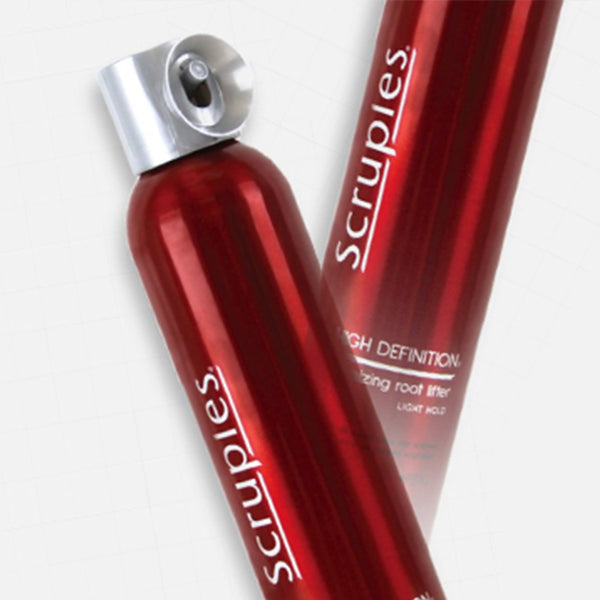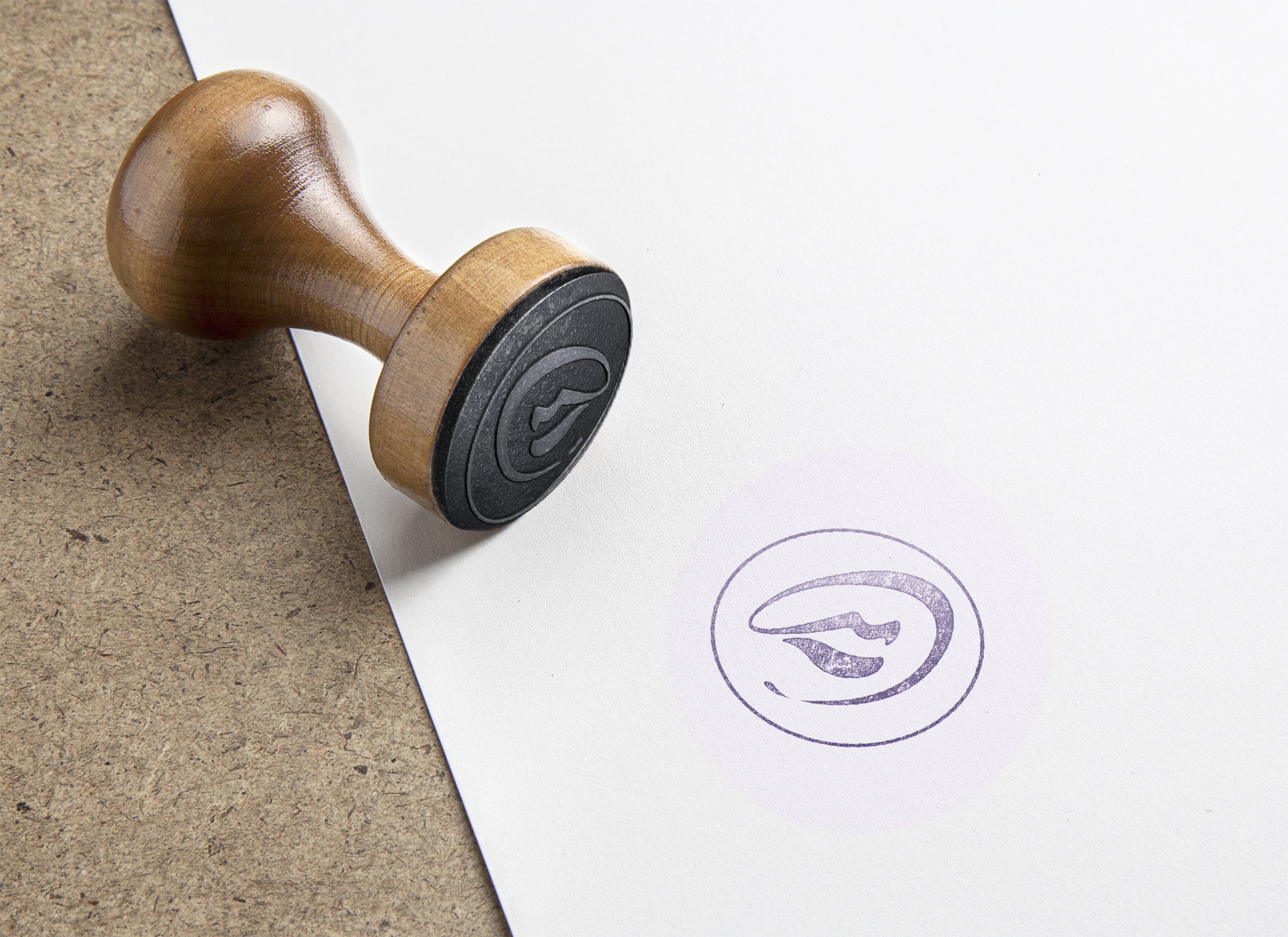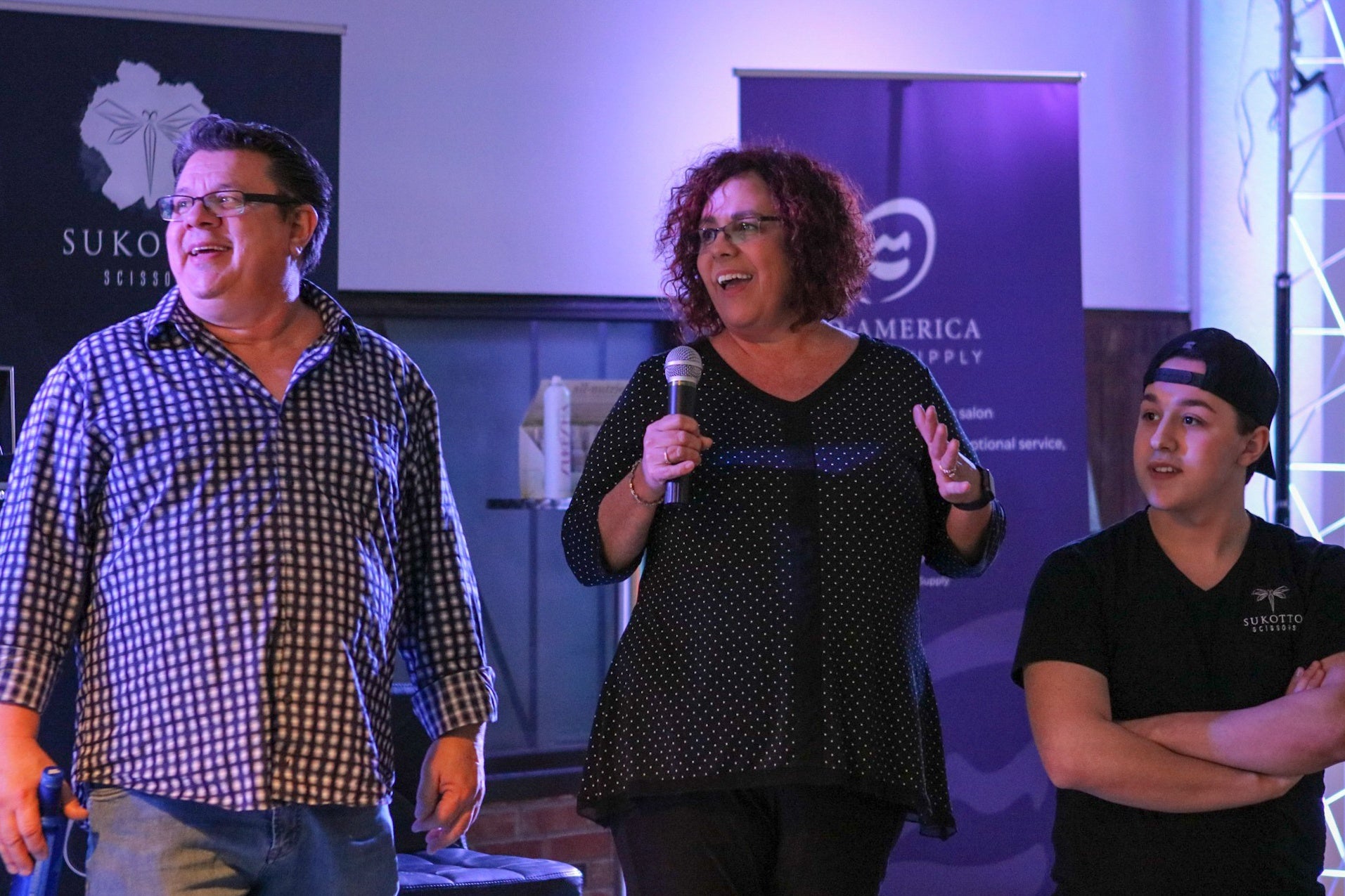Refining vs. Recutting: Knowing When to Fix, Blend, or Start Over
Not every haircut that feels “off” needs to be redone from scratch—but knowing when to refine and when to recut is what separates seasoned stylists from those still building their eye. Whether the issue is balance, weight distribution, or a client’s shift in expectations, understanding how to assess and respond without panic is a critical behind-the-chair skill.
Here’s how to read the haircut, manage the moment, and make confident decisions.
Start With the Problem, Not the Panic
Before you pick up the shears, ask:
-
What exactly feels wrong—weight, shape, symmetry, or flow?
-
Is the issue visual or tactile?
-
Did the client’s feedback shift after styling or once they saw the back?
This clarity prevents unnecessary cutting and puts you back in control of the outcome.
When a Refinement Is Enough
Refinement is minor—focused tweaks that enhance an already solid structure.
Refining makes sense when:
-
The perimeter is clean, but the layering needs softening.
-
There’s excess bulk in one zone (often the crown or occipital).
-
The face frame lacks flow but the rest of the cut works.
-
The issue is visual—a flick, shelf, or step that needs blending.
How to approach:
-
Dry cut with precision for visibility.
-
Use texturizing shears or deep point cutting—not thinning for control.
-
Only touch what’s necessary. Overcorrecting creates imbalance.
When It’s Time to Recut
If the foundation is off, refining won’t fix it. Continuing to “clean it up” can worsen the shape or shrink the length beyond client tolerance.
Recutting is the right call when:
-
The elevation was wrong and can’t be corrected without structural changes.
-
Sections were over-directed inconsistently.
-
The perimeter is uneven or collapsed.
-
The layering has no internal balance.
-
You’ve inherited a compromised cut from another stylist and trying to blend it will only amplify the flaws.
Recutting isn’t failure—it’s recalibration.
Communicate honestly:
“I want to be transparent—this cut isn’t sitting right structurally. Instead of chasing it with tweaks, I’d like to reset the shape so it grows out clean and functions the way we intended.”
Clients respect professionalism more than perfection.
Managing Expectations Mid-Service
When a client changes their mind post-cut—“I thought I wanted volume but now I want flatter,” or “Can we go shorter?”—you’ll need to weigh:
-
Feasibility: Can the hair handle more cutting without losing shape?
-
Future flexibility: Will further cutting box them into a grow-out period they’ll hate?
Sometimes the right call is:
“We’ve reached the limit of this cut today. Let’s see how it settles over the next week, and we can revisit with a fresh eye.”
The Blend Zone: Where Refining and Recutting Meet
There’s a gray area between fixing and starting over—this is where your judgment matters most.
Example:
A layered cut feels shelfy and top-heavy, but the perimeter is intact. Here, a partial internal reset—removing upper layers and re-establishing transition zones—can rescue the shape without recutting the entire head.













